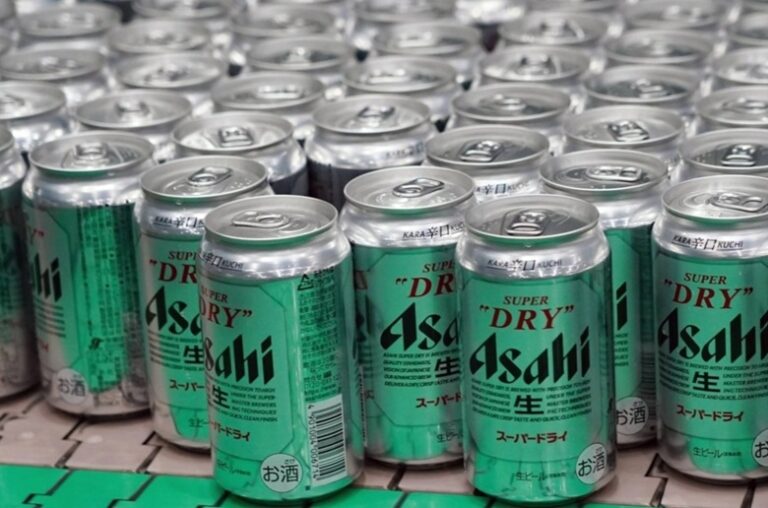In July, Japan’s core machinery orders declined beyond initial expectations, reflecting the hesitation of manufacturers in the world’s third-largest economy to make new investments due to sluggish global growth.
The recent release of data by the Cabinet Office on Thursday adds to a series of indicators in recent weeks, further intensifying the challenge faced by Japanese policymakers dealing with subdued demand both domestically and internationally.
Core orders, which serve as a key indicator of Japanese business expenditure, exhibited a 1.1% decline in July compared to the prior month, surpassing economists’ expectations of a 0.9% decrease in a Reuters poll. This downturn followed a 2.7% increase observed in June.
Manufacturers experienced a substantial 5.3% decline in orders, marking the most significant drop in eight months. This decline can be attributed to sluggish demand for computers across various sectors, such as electric machinery, automotive, and chemicals. Meanwhile, orders from ‘core’ service-sector companies, excluding shipping and electric utilities, saw a modest growth of 1.3%.
According to Chisato Oshiba, an economist at Dai-ichi Life Research Institute, manufacturers heavily dependent on exports are cautious about increasing their investments due to the sluggish Chinese economy and the ongoing tightening measures by Western central banks.
The government has retained its pessimistic outlook on machinery orders, describing them as ‘stalling.’ This underscores the challenging path ahead for Japanese businesses and the overall economy.
In July, Japan experienced its first decline in exports in nearly 2½ years, alongside a larger-than-anticipated contraction in industrial output. This decline in confidence among major Japanese manufacturers, the sharpest in eight months, is attributed to concerns about China’s economic slowdown potentially having a more significant impact on global and domestic growth.
Additionally, recent revised GDP data for the April-June period revealed weaker economic growth than initially estimated, driven by reductions in both business and consumer spending. And, over the course of 16 consecutive months leading up to July, real wages have declined due to increasing inflation, adding complexity to the Bank of Japan’s monetary policy outlook.
(Source: Kantaro Komiya | Chang-Ran Kim | Shri Navaratnam | Reuters | The Japan Times)









